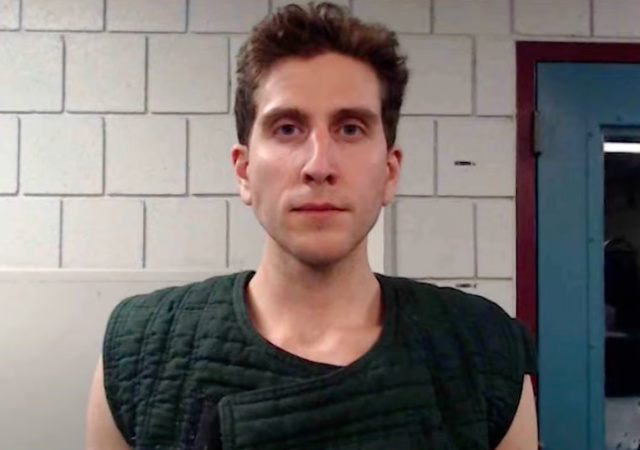Idaho Murder Suspect Identified through DNA and Genealogy Databases

Legal Insurrection readers may recall my report on police using a combination of DNA and genealogy databases to identify suspects in cold cases. Such cases include that of the Golden State Killer, who was sentenced to life for a string of rapes and slaughters.
The techniques have now gotten to the point that they can be used for much hotter cases. It is being reported that police identified Bryan Christopher Kohberger as the suspect accused of murdering four University of Idaho students through DNA using public genealogy database.
A law enforcement source familiar with the matter told CNN that police found unknown DNA at the scene of the killings. However, the DNA didn’t match anything within the police system, so police utilized genealogical techniques. The unknown DNA was run through a public database, which identified relatives of the suspect.”Subsequent investigative work” done by police led to graduate student Bryan Kohberger being identified.
An expert in this identification process offered some background on how the identification might have been accomplished.
“In 99 our of 100 stabbing deaths, the killer is going to injure himself, especially when there was a struggle. So most likely the killer’s blood was at the scene,” said Colleen Fitzpatrick, of Identifiners International.Fitzpatrick didn’t work on the Kohberger case, but has helped solve other high profile cases. She was instrumental in finding out the identity of the child known as the boy in the box. He was discovered in 1957, but his identity was just revealed in late 2022. She used the same database to find relatives.”This is a revolution in human identification. We are benefiting from it,” she said.Once law enforcement obtains DNA of a potential suspect, they create a profile of it and it’s then run through an FBI database. If there are no matches, then they can move to a public database.There are two that law enforcement can get access to solve homicides and sexual assaults: GenMatch and Family Tree DNA. These are sites where people voluntarily upload their data, and can allow police to search for matches.
Once a suspect is identified via genealogy, the police continue the investigation.
Undercover or covert teams then follow the suspect and surreptitiously obtain a sample from them in order to compare it to the sample found at the crime scene, that was used in the DNA tracing.[CeCe Moore, Chief Genetic Genealogist at Parabon Nanolabs and the founder of DNA Detectives] who has turned over similar evidence to cops 250 times through her company – says this part of the process is often carried out in the same way it is portrayed in films and TV shows.’Genetic genealogy is only a lead generator – it’s not evidence.’It can’t be used to arrest anyone or in a warrant. We’ll write a report up, explain how we came to this conclusion, then law enforcement have to take this information and do a full investigation. It’s a highly scientific tip but police still have to start from scratch once they get it.’They have to go and collect their DNA, which they do by following them. We’ve heard that’s what happened in this case.’People don’t get arrested based on my work alone.
Moscow Police Chief James Fry explained that once Koberger was identified, tips flooded in.
Within an hour of Kohberger being identified as the suspect, more than 400 calls came in to the Moscow Police Department’s tip line, Fry said.Kohberger is set to appear in Monroe County Court to face his charges, which include four counts of first-degree murder and burglary.It is also the first step in his extradition to Idaho, where he will have another appearance.Monroe County Chief Public Defender Jason LaBar, who is representing the suspect, previously said Kohberger “intends to waive his extradition hearing to expedite his transport to Idaho” and that he “is eager to be exonerated of these charges and looks forward to resolving these matters as promptly as possible.”Police have said they cannot reveal any information, including a motive or further details about how they tracked down Kohberger, until he is back in Idaho.
CLICK HERE FOR FULL VERSION OF THIS STORY